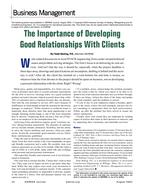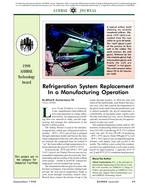The variable air volume approach to air conditioning is certainly not new. In fact, there areinstallations which we know of that date back to 1964 in the United States. True VAV as the name implies achieves control by means of varying the volume of air rather than the temperature.
The concept can result in significant money savings both in first cost and in energy cost and believe me, gentlemen, that’s important in today’s marketplace as you well know. Early attempts at variable air volume system design uncovered several problem areas which until resolved more or less retricted or limited the broad use of VAV by engineers at large building designs.
Three most important and unfulfilled needs in past days were:
- A diffuser capable of supplying wide variations in glow withoug draft or dumping.
- A reliable means of changing fan capacity as the cooling load changes.
- A means of limiting the maximum air flow of a terminal under varying degrees of systemoverpressure.
Today, I’m going to try to quickly cover in the time allotted four key areasof consideration as they relate to high velocity variable air volume systems:1) Fan operating characteristics; 2) Fan modulation methods; 3) Fan selection;and 4) Fan Control and location of the sensors.
Citation: Symposium, ASHRAE Transactions, Volume 83, Part 1, Chicago, IL
Product Details
- Published:
- 1977
- Number of Pages:
- 13
- File Size:
- 1 file , 1.2 MB
- Product Code(s):
- D-CH-77-07-2


